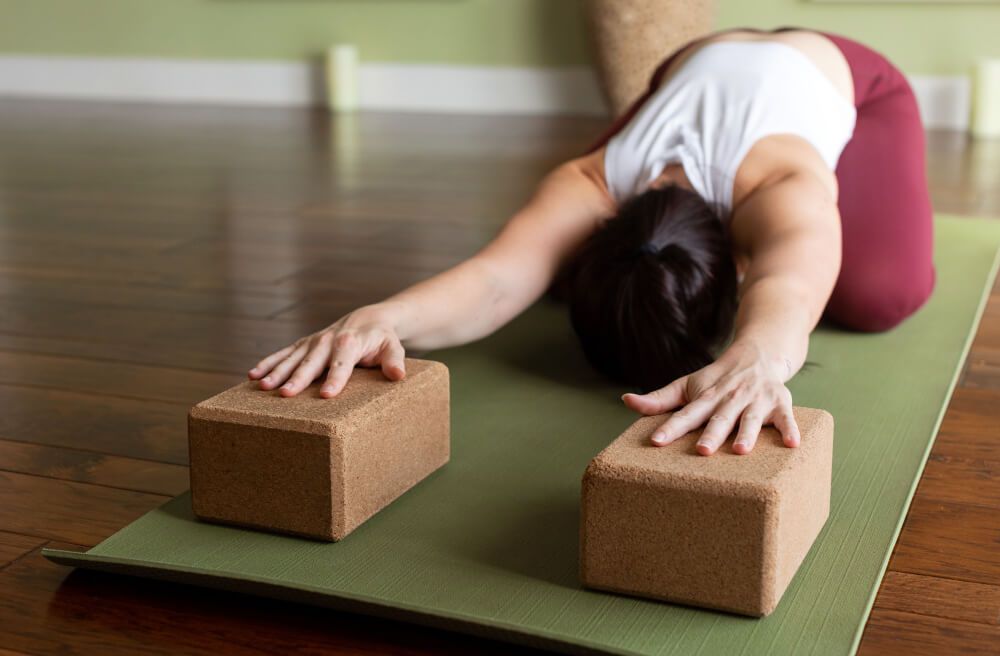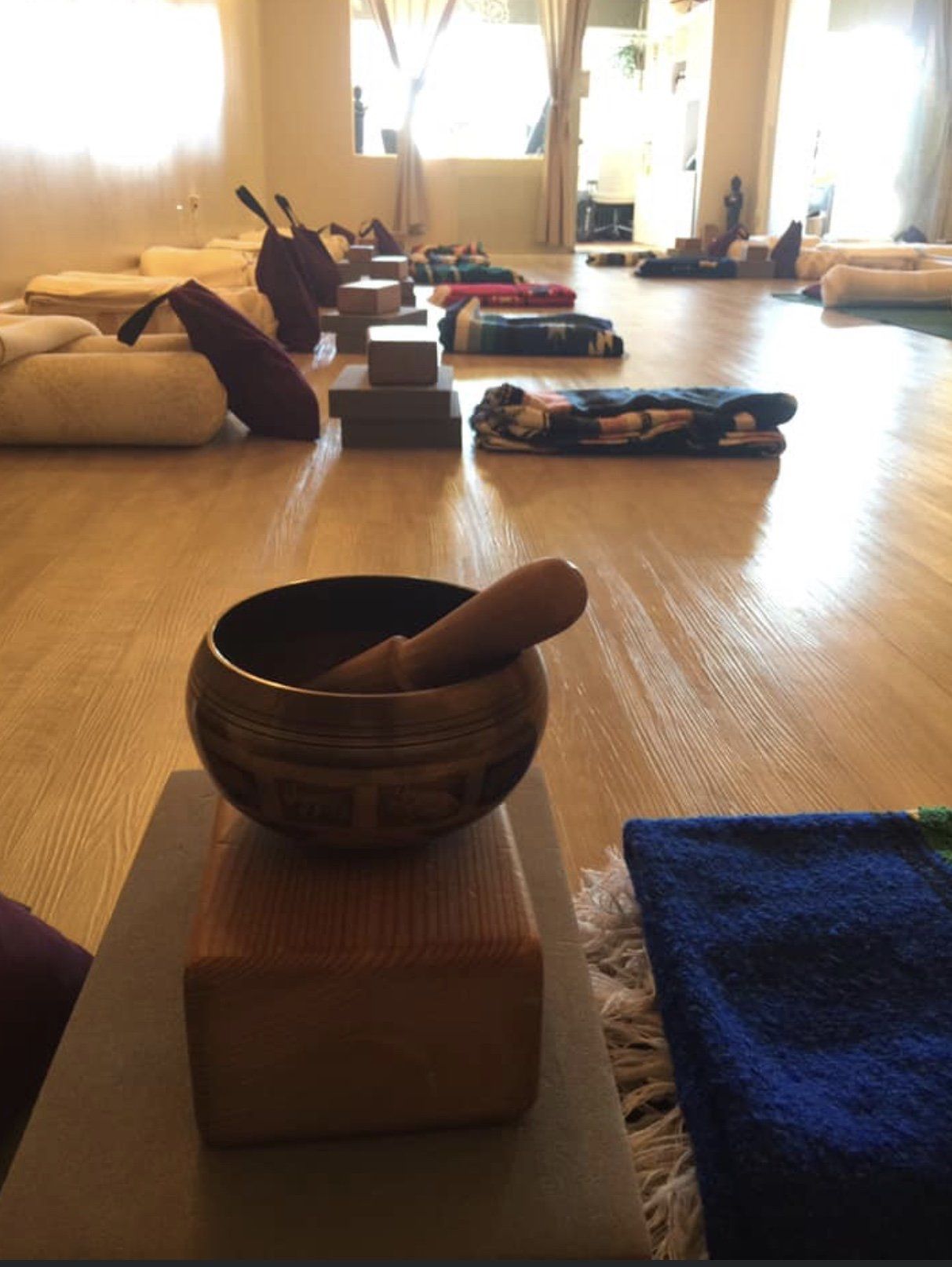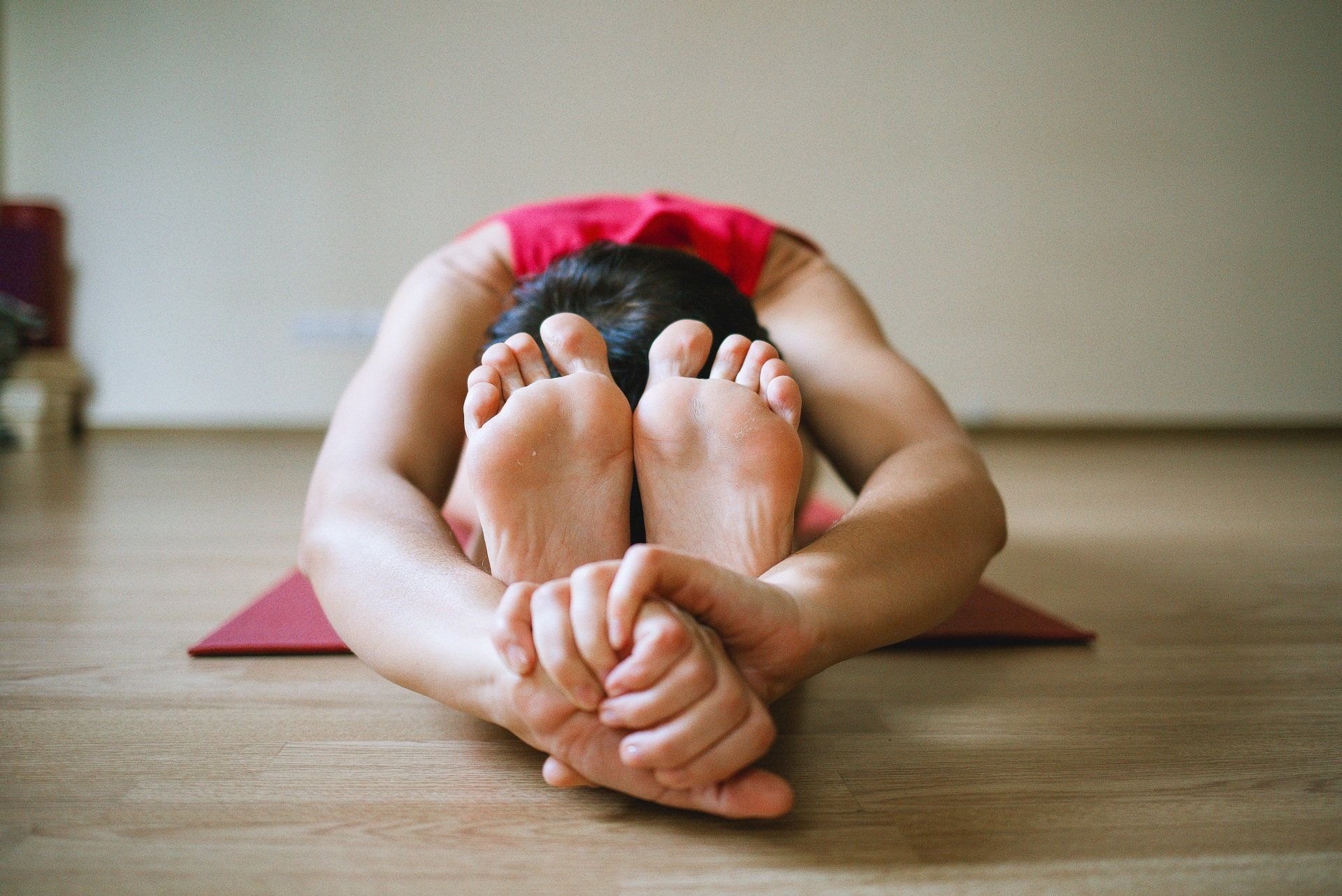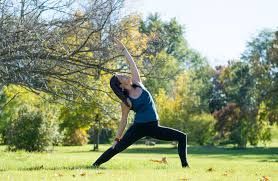What is Yoga Nidra?
- By Tracy Roberge
- •
- 20 Jan, 2021
- •
Ancient Remedies For Modern Times
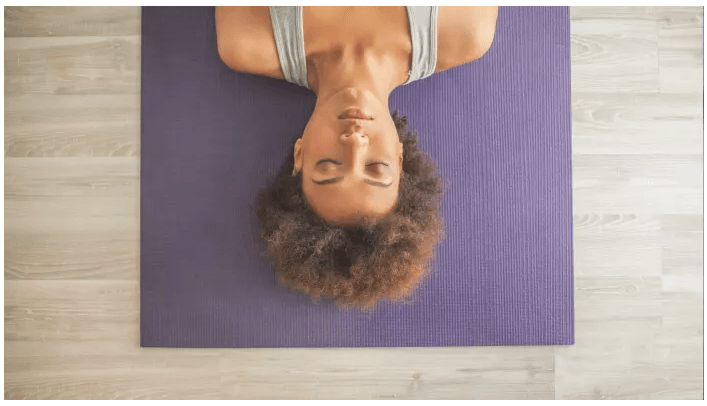
That’s the promise of Yoga Nidra. And it’s quite the opposite of the yoga you might imagine—filled with challenging sequences and long periods of gracefully (or not so gracefully) poses. Practitioners of yoga nidra are guided into a relaxed state while simply lying down in Savasana, or heart bed (typically a pose on your back with the chest open).
“I describe it as meditation made easy” says Yoga Therapist Tracy Roberge
Yoga Nidra, a Sanskrit term meaning "yogic sleep" is a deep relaxation technique and a form of meditation. Also called "psychic sleep," yoga nidra is a state between sleeping and waking. The body is completely relaxed and the practitioner turns the awareness inward by listening to a set of instructions; much like a guided meditation.
What happens in Yoga Nidra?
In Yoga Nidra, the practitioner enters their alpha state and their focus shifts to the third eye chakra(sahasrara).
It also stimulates the hormones in the pineal gland, which releases melatonin -- a hormone that reduces stress, boosts the immune system and helps prevent illness. Regular practice helps harmonize the brain hemispheres, promoting better mental performance.
Yoga Nidra offers other amazing health benefits, as well, including:
- Calms the mind
- Relaxes and rejuvenates the body
- Soothes the nervous system
- Reduces fatigue
- Lowers high cholesterol and blood pressure levels
- Strengthens immunity
- Improves quality of sleep
- Treats depression
- Reduces pain
- Boosts concentration level
- Supports brain function and boosts creativity
How does Yoga Nidra work?
Yoga Nidra has been praised for its ability to induce deep relaxation, reduce anxiety and promote better sleep. And there’s some evidence to support those claims. In a 2018 International Journal of Yoga study, participants who did yoga Nidra and seated meditation for 45 minutes, twice a week for three months had lower levels of anxiety, stress and depression compared to volunteers who didn’t practice them. While both were beneficial, the researchers found that yoga Nidra was easier to perform. Another review from investigators at Harvard and UC San Diego on the mental and physiological effects of various meditation practices showed that yoga Nidra can increase levels of the “happy hormone” dopamine, which helps regulate mood, attention, sleep and reward-motivated behavior.
In fact, yoga Nidra is increasingly being used by veterans, people recovering from addiction and those who are just plain overstressed. “In the Western world, we live hyperactive lifestyles, so you may not know where you’re holding your grief, trauma, anxiety or even just your work tension.
Unlike seated meditation, where a practitioner can lose focus or become self-conscious, the body scan in yoga Nidra takes away that pressure to “do it right.” Even as you begin to relax, you’ll still largely be aware of the instructions—and by focusing on your body, you’re not dwelling on your racing thoughts and anxieties, if only for a little while, which can help reconnect mind and body.
“If you practiced Yoga Nidra three or four days a week, it’s like filling your gas tank… If you’re using half the tank, your tank will always have what you need plus a little bit more," says Yoga Therapist Tracy Roberge.
With the above in mind, get yourself comfortable, and join Tracy on a journey of recharge and rejuvenation, with a registered 6-week series on Yoga Nidra for sleep and relaxation! All from your own home! This is a virtual offering, so no need to travel to the studio. Simply set up in your bed, or on your mat and relax and unwind for the night!
Begins Thursday January 21st!


